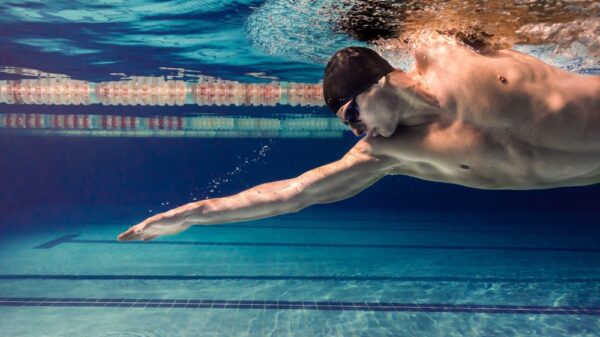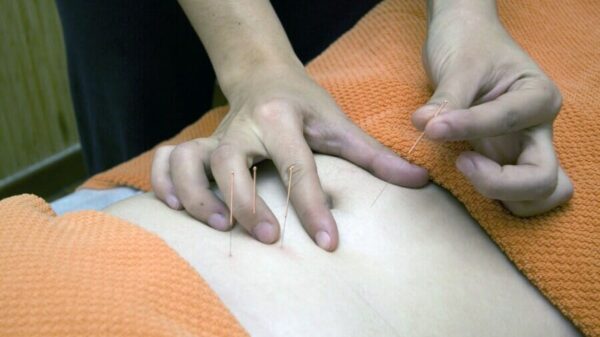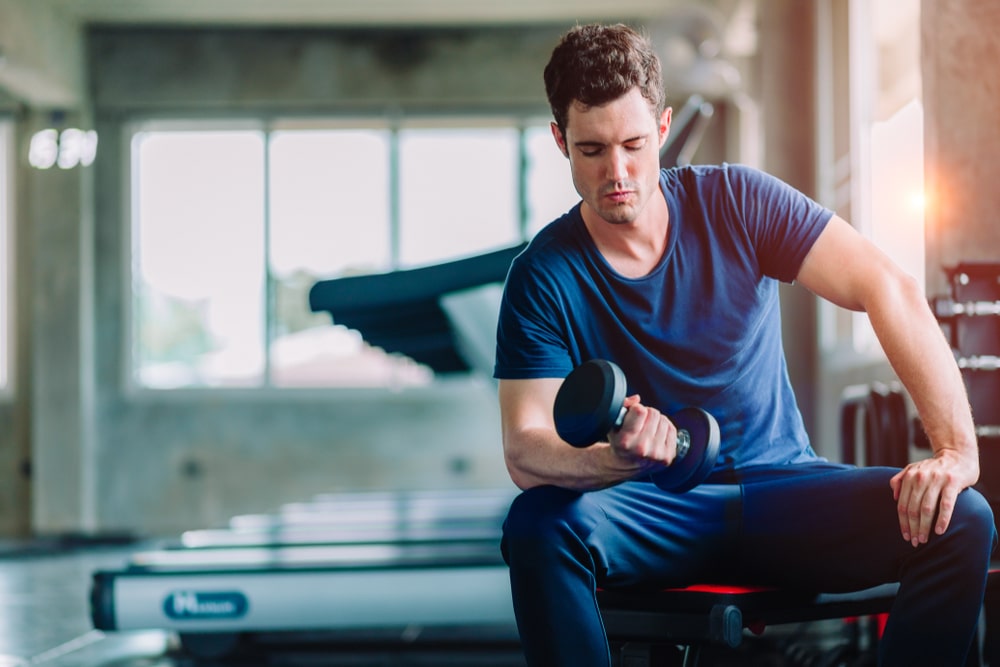As you get accustomed to your gym routine, you might suddenly realize that your clothes are drenched in sweat. Some people find that they start sweating more quickly than those around them, even after only a brief period of exercise. Understanding the reasons behind your excessive sweating during workouts can provide insight into your body and help you feel more in charge of your physical activities.
Understanding the Physiology of Sweating During Exercise
Sweating is a physiological response that helps manage body temperature during physical exertion. When you engage in activity or are in a warm environment, your sweat glands activate, releasing moisture in droplets that evaporate from your skin. This evaporation aids in cooling down your body, accounting for approximately 22% of total heat loss, as your system strives to maintain a consistent temperature.
Factors That May Contribute to Increased Sweating
If you frequently feel like you’re among the sweatiest individuals, it might be that your sweat glands are more active for several reasons. You may simply be participating in more intense workouts than others, leading to a higher body temperature during exercise.
Another possibility is hyperhidrosis, a condition marked by excessive sweating that occurs even in the absence of heat or physical exertion. Expert estimates suggest this condition affects around 5% of the U.S. population and could be linked to other health issues, such as hormonal changes. Should you notice significant sweating without a clear cause, consulting a healthcare professional is advisable.
Additionally, a rise in heart rate can also trigger sweating. Some medications have side effects that result in elevated heart rates. If you suspect that your sweating may stem from factors other than workout intensity, speak with your healthcare provider to explore the potential causes.
4 Approaches to Control Excessive Sweating
While it’s crucial not to interfere with your body’s natural sweating mechanism, as it is vital for temperature regulation, there are several practical strategies you can adopt to manage excessive sweating during workouts and in everyday life.
1. Use a Combination Antiperspirant and Deodorant
Many assume that all deodorants work similarly, but they serve different functions. Choose a product that integrates both antiperspirant and deodorant elements. Antiperspirants prevent sweat at the skin’s surface, while deodorants address odor caused by sweat. If significant sweating under your arms while exercising is a concern, this dual-purpose product can enhance your comfort and help mask any unpleasant smells.
2. Review Your Medications
If you’re taking any prescription medications, check their side effects, as they might be contributing to your sweating. Discuss with your healthcare provider the possibility of switching to a different medication that doesn’t aggravate sweating; there might be alternatives that provide equivalent therapeutic effects.
3. Opt for Moisture-Wicking Fabrics
Evaluate the materials used in your workout clothing. If they primarily consist of heavy cotton, consider switching to moisture-wicking fabrics. These materials pull sweat away from your skin and help it evaporate more efficiently, potentially alleviating that sticky feeling associated with sweating.
It’s important to remember that a reduction in stickiness doesn’t mean you should reduce your water intake. You can still lose the same volume of sweat, so maintaining hydration is key. Drinking sufficient water is essential for optimal brain and muscle performance, so keep your hydration levels up, regardless of any changes in your sweating patterns.
4. Consult Your Doctor
Your healthcare provider can offer insights into medical options for treating excessive sweating. Solutions could be as simple as Botox injections targeting specific areas, such as the underarms.
You may also be a candidate for iontophoresis, a treatment where patients submerge their hands or feet in shallow water while a device transmits a mild electrical current through the skin. This technique can be effective for those without metallic implants or pacemakers.

































